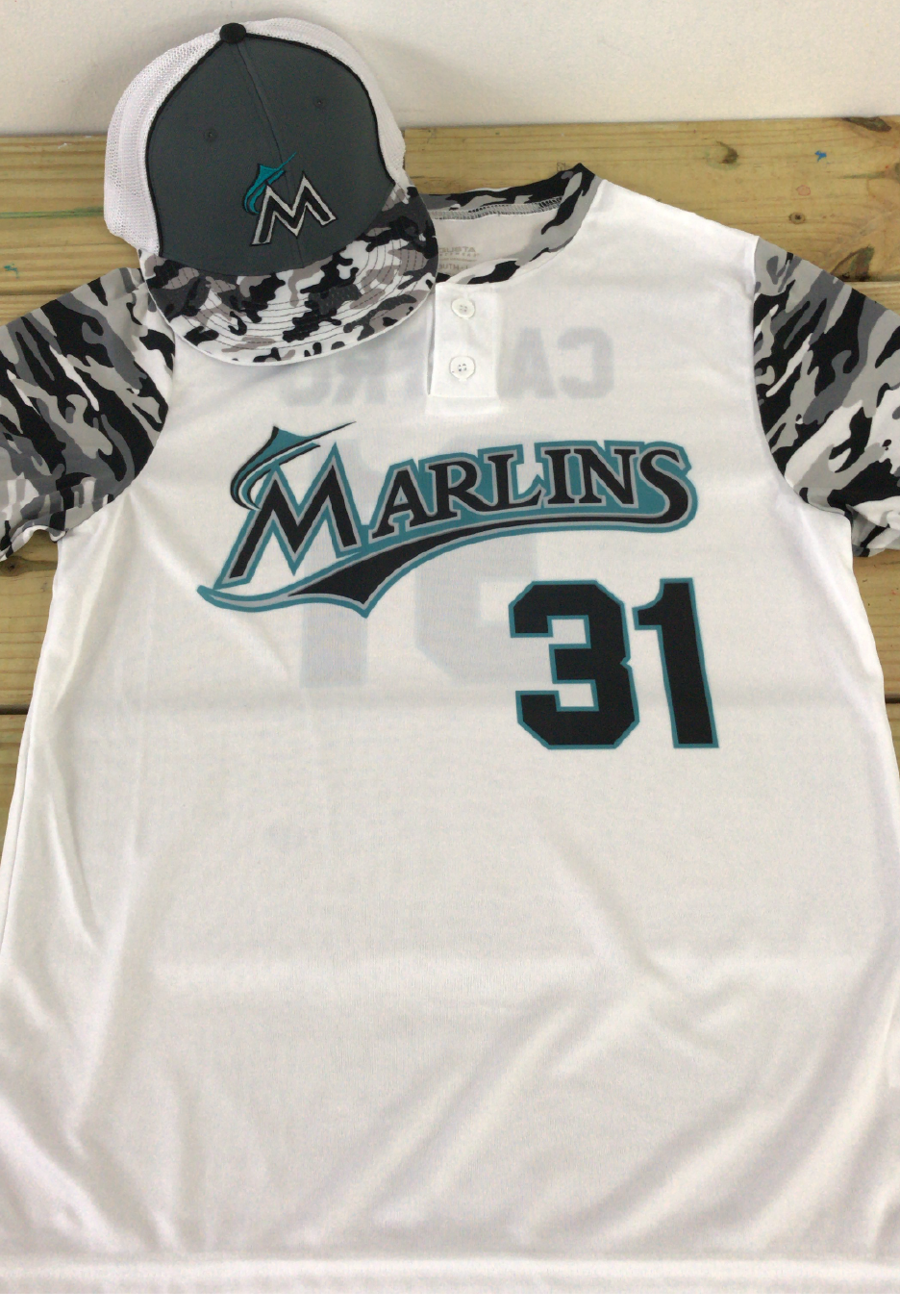
The Process of Sublimation
Sublimation is the process of printing a special sublimation ink, onto special sublimation transfer paper, using a special sublimation printer. This is an alternative to traditional inkjet transfers in that sublimation ink actually becomes a part of the substrate you print on, whereas inkjet transfers use a carrier sheet to print the ink on top of the shirt or item.
What do I mean when I say that the sublimation ink becomes part of the substrate?
When the ink from your special sublimation transfer paper is heat pressed onto your substrate (t-shirt, mug, mousepad, keychain) and reaches a certain high temperature, the ink is transformed into a gas. This occurs because the heat not only releases the gas from the sublimation ink, but it also opens up the pores of the polyester, polymer, or polymer coated item you’re heat pressing onto. Once you press the transfer paper onto your item and then release your pressure, the temperature is allowed to cool, at which point the sublimation ink turns back into solid form and the pores permanently close and encapsulate the ink within the polymer coating of your substrate. Simple, right??
One huge advantage to this process, if done correctly, is that the image you transfer onto your item won’t fade or disappear over time- so long as your substrate isn’t damaged. Not only that, you can look forward to an extremely smooth finish that’s quite soft to the touch given that the ink becomes one with the substrate. Science is so cool, right?!
Another major advantage to opting for the dye sublimation process VS traditional screenprinting, is that you don’t immediately have to turn down a customer when they ask you to print 4 shirts that consist of 37 colors each. Using this process allows for you to print full-color transfers and heat press them onto 100% polyester shirts instead of making and setting up 37 screens for a measly 4 shirts.
Now that I’ve hyped up the sublimation process, I should mention some limitations that come along with it.
First, this process can only be used on 100% polyester apparel or substrates that have a special polymer coating. What does this mean for you? Unfortunately, you won’t be able to pick up closeout mouse pads from Office Depot or an adorable coffee mug from Target to use for your upcoming gift exchange. But, don’t fret. There are plenty of substrates that are made for this exact process and have the polymer coating that is required to sublimate onto.
One other limitation to keep in mind is that the sublimation inks used in this process are transparent. Because of this, you should plan on printing on white or light colored substrates, as your image will not transfer properly onto dark garments. Sorry to be the bearer of bad news!
As you can see, the dye sublimation process is a pretty cool one with lots of pros and a couple of cons. If this is something that you think would elevate your current business and allow you to offer more to your customer base, I encourage you to do some additional research. This process exists for a reason, it’s just a matter of if it’s a good fit for you!
Get a professional look with company embroidered polo shirts or book bags.

Screen printing is the most common form of t-shirt printing.
